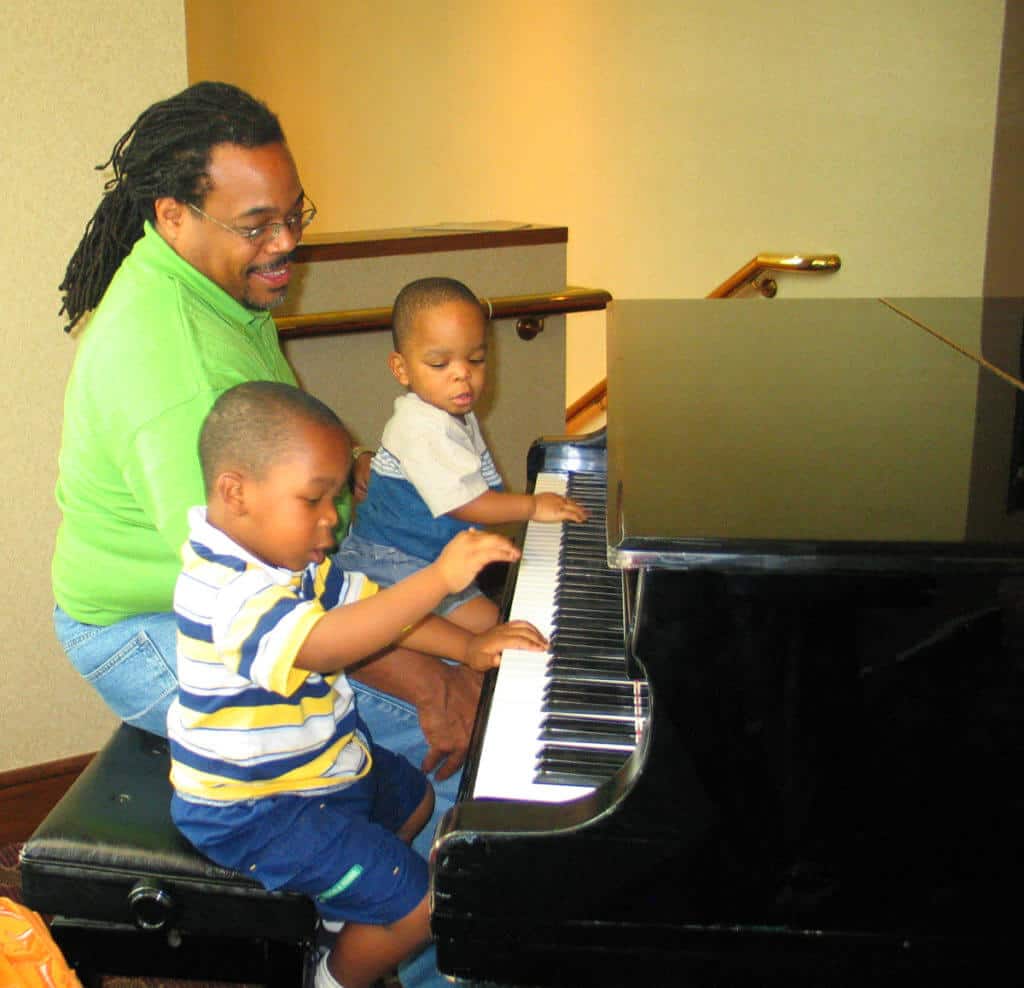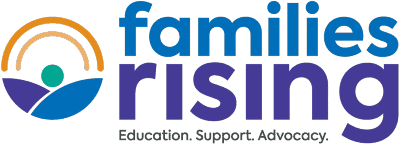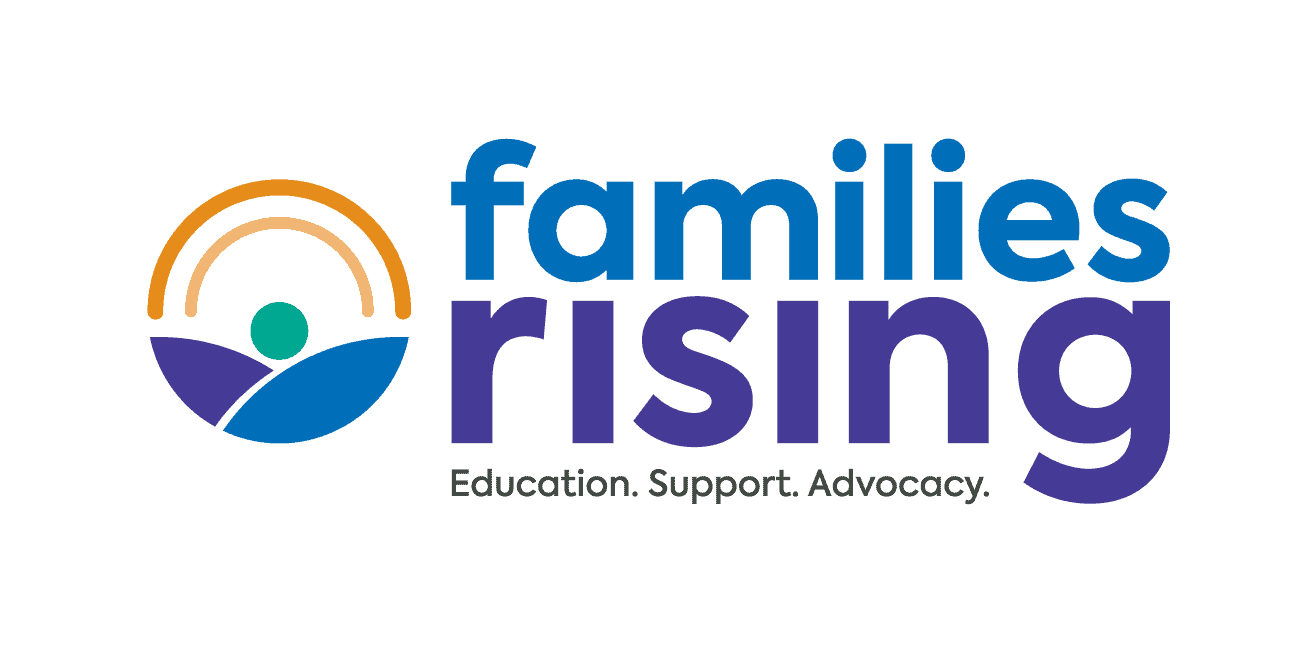
This document was originally created as part of Families Rising’s Advocates for Families First collaboration with Generations United and the National Foster Parent Association.
Tips for Getting Your Story Covered
- Develop a list of media contacts — Find out which media outlets (including TV, radio, web and print news) are covering child welfare or children and family issues, and which reporters or writers are the key players. Use the list to send public service announcements or press releases. Develop a press kit about your organization that you can send, offering to provide more information if they are covering kinship care, foster care, or adoption.
- Build relationships with key media contacts — Offer to help them do their work by connecting them with interesting stories, providing data or background, or responding quickly to requests. It may be best to start building the relationship without making a specific request. Thank editors and reporters for positive coverage and politely correct any errors for the future.
- Offer a variety of stories — The station or publication may not be interested in your first story — perhaps they feel it has already been covered by their organization or others. A subsequent suggestion — even your third or fourth idea — may be the one that resonates with the media representative.
- Find a news hook — Submit your ideas in response to something happening in your community or to a special event (such as Adoption Month, Grandparents Month, or Foster Care Month). Reporters typically need an event, research finding, statistical report, or other timely item to announce to cover your story as news. If your story lacks a news hook, it is a feature, not news, and will be more effective as a human-interest piece. If you’re looking for coverage on a certain date or month, provide plenty of lead time but then reach out again with a reminder as the date approaches.
- Make connections to other news — If you don’t have a news hook of your own, you can often connect to other key issues. If homelessness is big news in your area, frame your story about risk of homeless facing children who don’t have a family. If child trafficking has been inspiring coverage, remind reporters that children who don’t have needed family support are at higher risk of being exploited.
- Find a unique angle — When national news breaks, large media organizations will cover the story. Local organizations will also be interested, but will desire a new twist on what has already been reported. Provide “exclusive” information about a specific child or family in your area to set a local story apart. If the national story is negative, turn it around by demonstrating that agencies, parent groups, or support organizations in your area are effectively addressing the problem.
Be Prepared to Work with the Media
- Designate someone in your organization as a media contact — Make sure staff or volunteers know which one or two people in your organization are designated — and prepared — to take questions from the media. Your media contact(s) may need to bring in others for certain stories, but can help prepare those individuals to work successfully with reporters. Remind other members of the team not to talk to the media without first consulting and coordinating with your main media contact(s).
- Develop an organizational press kit — For planned or impromptu meetings with media representatives, it’s great to have a press kit that talks about your organization and the key issues you’re working on. It should look professional, but doesn’t have to be fancy. Contents should be simple and easy to read. Key information in a press kit includes background information about the organization (such as mission, vision, and values); organizational brochures or materials describing programs and services; key statistics or facts about child welfare; and one-page summaries of key issues you want the media to cover (such as the reason for and value of support for kinship, foster, and adoptive families). The kit can also include press releases, new publications, or other newsworthy items if they apply. The kits can also be used as introductory information as you develop relationships with media professionals.
Strategies for Interviews with Reporters
- Respond to media requests quickly — Reporters are most often working on tight deadlines so a delay may mean you’re not going to have the opportunity to participate.
- Ask the reporter what story they are covering and what their focus is — This will help you know what is most important for you to cover and if there are specific points you may need to make or refute.
- Speak in sound bites — Keep your language simple and direct. If you’re responding to a question, include the question in your answer. For example, if you are asked why family care is better than group care, you might say: “Families can do things a group home never can. Children and youth of all ages fare better in families than they do in group care. Research shows that children in family care are far more likely to say they like where they live than children in group care. Children can age out of a group home but kids never age out of a family.”
- Tell stories — Give an example of how having a family made a difference to a child you know (using first names only). Paint a picture of why support services can help children heal and families thrive.
- Be prepared and strategic — Make a list of three points you want to cover. If a reporter doesn’t ask a question that leads to your points, make a transition to cover what you want to say. Repeat your key points in different ways.
- Be honest — Use real examples, sound data, and say what you mean. It’s much better to say you don’t know or you will get back to a reporter than to make an error.
- Feel free to think before you answer, especially with print journalists — Almost all interviews, except for live broadcast interviews, are edited so your pause is not likely to be included. It is better to respond effectively than quickly.
- Follow up — If you have additional information that may be of use to the reporter, send it along. Thank the reporter for covering the issue you care about.
- Don’t go off the record — Off the record does not mean the same thing to all reporters and it’s too risky. If you don’t want to be quoted, then don’t say it.
Strategies for Getting a Response Published or Aired
- Respond directly to the reporter who covered the story — It’s better to target a specific reporter or editor by name than to send something address to the media outlet or simply “editor.”
- Be brief — Responses are typically much shorter than the original story, so you need to pick one or maybe two key points to make.
- Be positive where you can — If much of a story was good or key points were right on, say so. Then transition to any correction or different of opinion you need to make.


